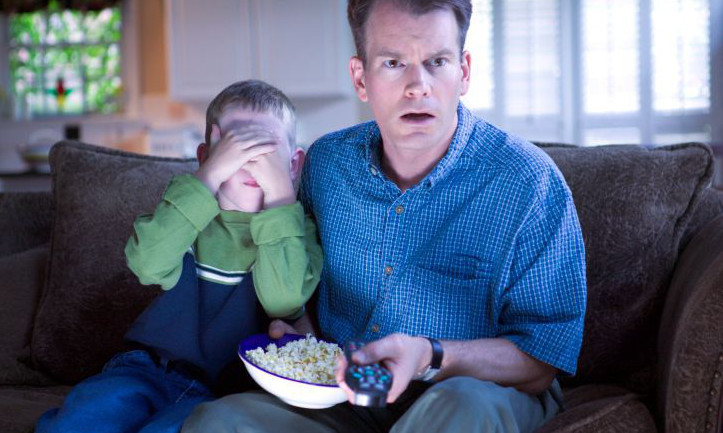
David Jason has said what many were thinking when he criticised the level of violence on TV that is shown before the 9pm watershed.
He has a young daughter and is obviously concerned at images she could potentially see on screen.
I think he has a valid point.
Some of the scenes in our soaps and dramas that are transmitted in the evening are incredibly powerful and there is on occasion violent behaviour that can be very scary.
Despite David’s fears, however, I don’t actually think there is much that can be done.
Television has changed dramatically and so have people’s viewing habits.
I record a lot of programmes and also download them from the BBC and ITV players.
I also watch TV on my iPad and I use “catch up” on my television to view shows I have missed and forgotten to record or Sky Plus.
This new way of being a television viewer means there is effectively no real watershed any more.
You could watch a raunchy movie or a violent drama at 10 in the morning if you really wanted to, although you are always informed about the content and you can use the parental control to ensure your kids are protected.
Not all parents are aware that this can be done, though, and that’s why what David Jason is saying is so important.
By raising the issue he had made us all think about it and examine what we allow our children to watch.
It’s very difficult in this age of mass communication and social media to police what youngsters are seeing on their computers, laptops and mobile phones but that doesn’t mean we shouldn’t try.

Enjoy the convenience of having The Sunday Post delivered as a digital ePaper straight to your smartphone, tablet or computer.
Subscribe for only £5.49 a month and enjoy all the benefits of the printed paper as a digital replica.
Subscribe